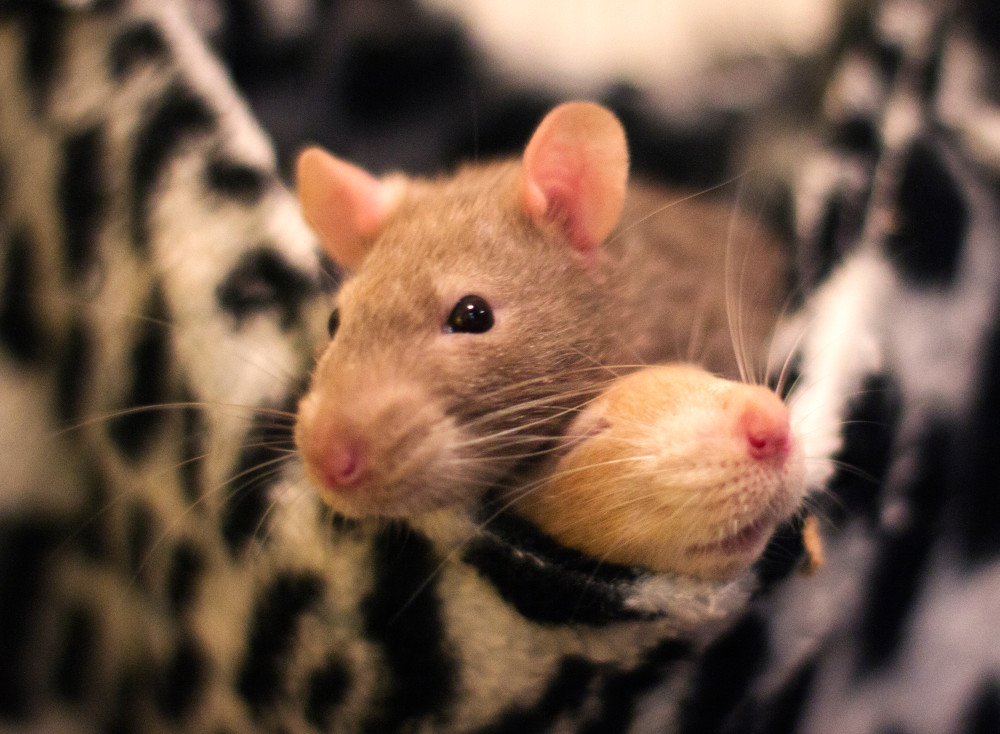
Rats are very clean and usually do a great job of grooming themselves.
Washing your rat
Because of their cleanliness, rats rarely need a wash. The exceptions are elderly or arthritic pets who can’t wash themselves, or pets who have somehow gotten really dirty and can’t clean themselves.
You must also remember that rats rely heavily on their sense of smell and are often alarmed by new or unknown scents, such as the scent of a shampoo. Placing your rat back into their enclosure after a wash could be stressful to them and your other rats, leading them to isolate the ‘clean’ rat, or become aggressive to them.
If you do have to wash your rat (e.g., an elderly rat who can’t clean themselves), try to avoid using shampoos if possible – just use warm water and preferably give a sponge bath rather than immersing them in water. If this can’t be done, use an unscented or baby shampoo, and make sure all the shampoo has been rinsed off and your pet is dry before returning them to the enclosure.
Nail trimming
Rat nails are naturally arched, with a central blood supply (the quick) covered in clear keratin. Young rats tend to have especially long (but soft) nails; as they age, the nails get thicker, which makes the tips more painful on human skin. Elderly rats sometimes have nails which grow quite thick and opaque, and curl inward, especially if the rat has mobility issues.
If the nails get too long, it’s not uncommon for one or more to start snagging on things, such as your clothes, material you line the enclosure with, or cloth hammocks. Too much snagging can lead to the entire nail being ripped off. This is painful and can result in a bleeding. So, if a nail or nails are getting too long, it is best to trim them. (If it’s only one nail getting caught, then you may not need to trim the others.)
Rats do not enjoy having their nails trimmed, and it can stress them, and even lead them to distrust you. If the nails aren’t posing any problem to you or your pet, you probably don’t need to trim them.
If you do need to trim the nails of your rat, here are different nail trimming tools to choose from:
- Human baby nail clippers
- Small pet nail clippers
- A soft emery board
You only want to remove the transparent tip of the nail, leaving a tiny amount left in front of the quick. If you try to get too close to the quick, you risk cutting it, which will cause it to bleed.
You may need to take breaks and clip only one or two nails at a time. Pay attention to the comfort level of your rat and any protests. Use a calm voice with your rat during the process and reward them with treats throughout the process! Stop if they become stressed. If you are having trouble, ask your veterinarian for advice.
You should never trim the whiskers of your rats. Their whiskers are highly sensitive and vital to help your rats know where they are, where objects are and to help them to maintain their balance and get around objects safely.
Reference
Evans E (2006) Small rodent behaviour: mice, rats, gerbils, and hamsters. In: Bays TB, Lightfoot T, Mayer J (eds) Exotic Pet Behavior. W.B. Saunders, pp 239–261
